A new book, Building the Future; From the Ground Up, follows rammed earth specialist Paul Geraets’ journey as he masters this sustainable construction method on more than 100 projects across New Zealand, while on a mission to show how more rammed earth houses could change the building industry for the better.
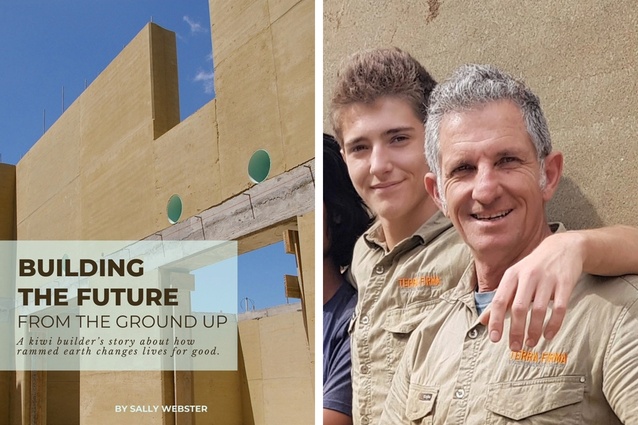 “Not only are these buildings good for your health,” Geraets explains, “but they are low maintenance, fire resistant, mold resistant, unbelievably durable, stunning to look at and calming to live in. Rammed earth offers everything both people and politicians say they need from housing.”
“Not only are these buildings good for your health,” Geraets explains, “but they are low maintenance, fire resistant, mold resistant, unbelievably durable, stunning to look at and calming to live in. Rammed earth offers everything both people and politicians say they need from housing.”
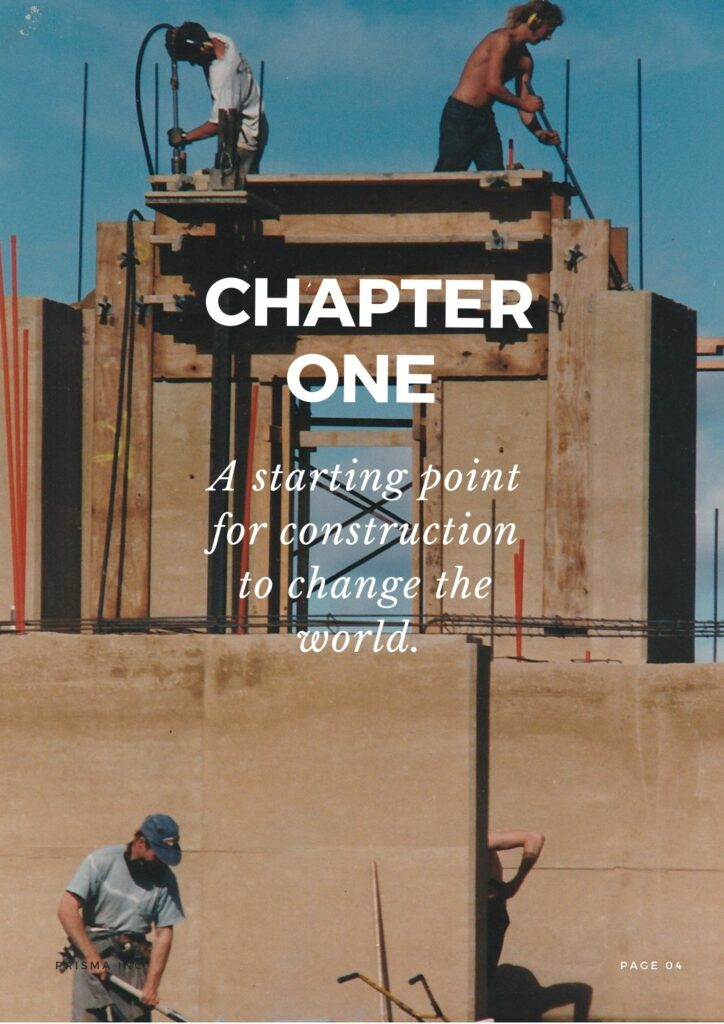 Author Sally Webster explains that the ancient methodology, blended with modern engineering, finds it difficult to fulfill its healthy, light footprint potential because the built landscape is “dominated by a trio of big timber, big insulation and big HVAC (heating, ventilation and air conditioning).” Webster’s research suggests that this influence permeates building legislation and hinders rammed earth’s ability to do more good: “Rammed earth doesn’t require much timber, insulation and, in many cases, no ventilation system at all.”
Author Sally Webster explains that the ancient methodology, blended with modern engineering, finds it difficult to fulfill its healthy, light footprint potential because the built landscape is “dominated by a trio of big timber, big insulation and big HVAC (heating, ventilation and air conditioning).” Webster’s research suggests that this influence permeates building legislation and hinders rammed earth’s ability to do more good: “Rammed earth doesn’t require much timber, insulation and, in many cases, no ventilation system at all.”
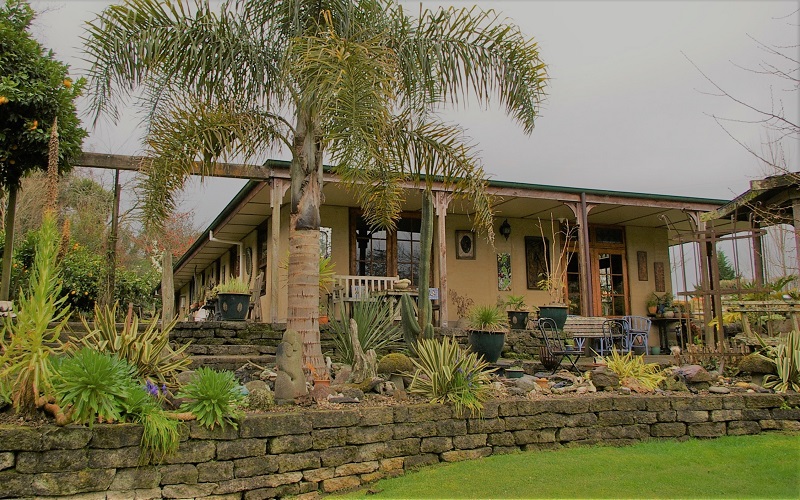 While the book fundamentally follows the “life, hopes and hands-on practice” of designer-builder Geraets, it also features contributions from rammed earth associates, engineers and a host of others within the building industry, as well a number of people who either own or have owned a rammed earth home.
While the book fundamentally follows the “life, hopes and hands-on practice” of designer-builder Geraets, it also features contributions from rammed earth associates, engineers and a host of others within the building industry, as well a number of people who either own or have owned a rammed earth home.
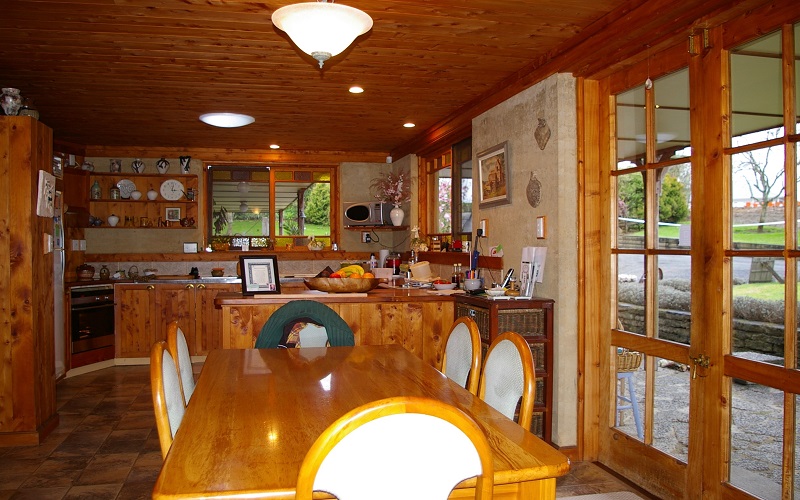 Much of the book shares Geraets’ Terra Firma Earth Building Company’s intellectual property, “in the hope that more builders will consider putting down their hammer and picking up a rammer instead,” says Webster.
Much of the book shares Geraets’ Terra Firma Earth Building Company’s intellectual property, “in the hope that more builders will consider putting down their hammer and picking up a rammer instead,” says Webster.
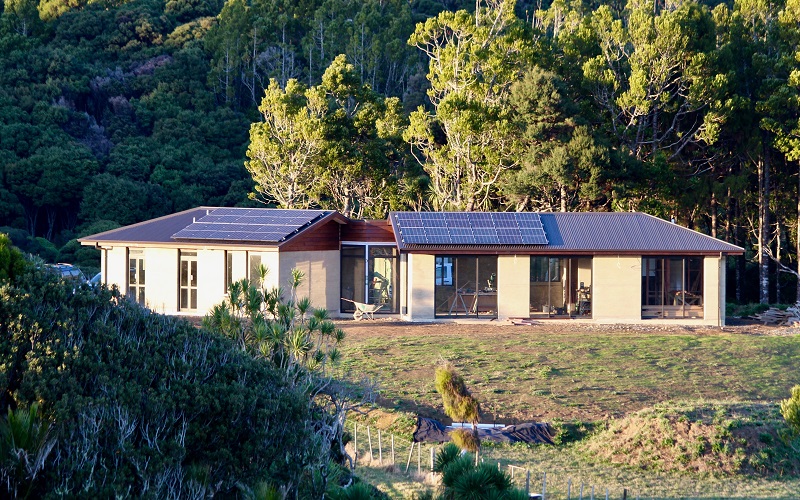 It was a desire to see more people make the shift to building with rammed earth that inspired Geraets to publish and fund the book, saying he recalls how influenced he was by reading a simple brochure on rammed earth 35 years ago. “I still remember that first moment when, standing on a building site, I was handed a brochure about rammed earth,” Geraets says. “It was life changing because I knew almost instantly this was how we could improve people’s health, drastically reduce the financial pressure in maintaining a home and support an embattled environment at the same time.”
It was a desire to see more people make the shift to building with rammed earth that inspired Geraets to publish and fund the book, saying he recalls how influenced he was by reading a simple brochure on rammed earth 35 years ago. “I still remember that first moment when, standing on a building site, I was handed a brochure about rammed earth,” Geraets says. “It was life changing because I knew almost instantly this was how we could improve people’s health, drastically reduce the financial pressure in maintaining a home and support an embattled environment at the same time.”
 “The book’s nine chapters cover the science of thermal mass through to how capitalism has negatively influenced individuals’ and community’s ability for self-determination,” says Webster. “As I researched and interviewed people, I saw that rammed earth was an incredible method of building that lasted pretty much longer than anything else. It clearly required little maintenance and, in most cases, didn’t need insulation in the walls or floor because of this magical thing called thermal mass.”
“The book’s nine chapters cover the science of thermal mass through to how capitalism has negatively influenced individuals’ and community’s ability for self-determination,” says Webster. “As I researched and interviewed people, I saw that rammed earth was an incredible method of building that lasted pretty much longer than anything else. It clearly required little maintenance and, in most cases, didn’t need insulation in the walls or floor because of this magical thing called thermal mass.”
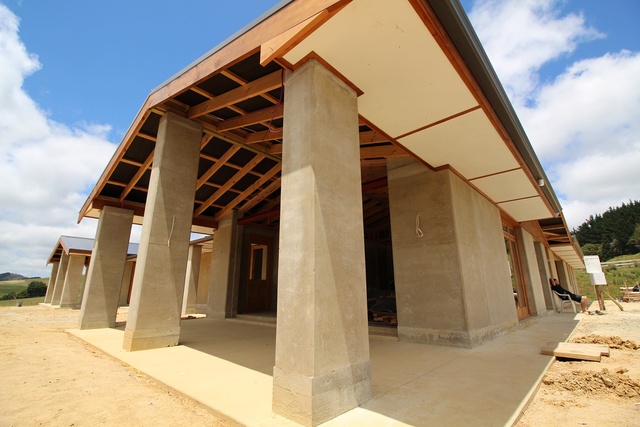 Webster says she has attempted to explain scientific and technical matters in plain English: “I’m interested in helping people understand a socially and environmentally vital subject through storytelling. This is a book for everyone and while it’s about building with the wonderful stuff at our feet, it’s also about people and how they tackle the struggles and triumphs of building for impact in New Zealand.”
Webster says she has attempted to explain scientific and technical matters in plain English: “I’m interested in helping people understand a socially and environmentally vital subject through storytelling. This is a book for everyone and while it’s about building with the wonderful stuff at our feet, it’s also about people and how they tackle the struggles and triumphs of building for impact in New Zealand.”
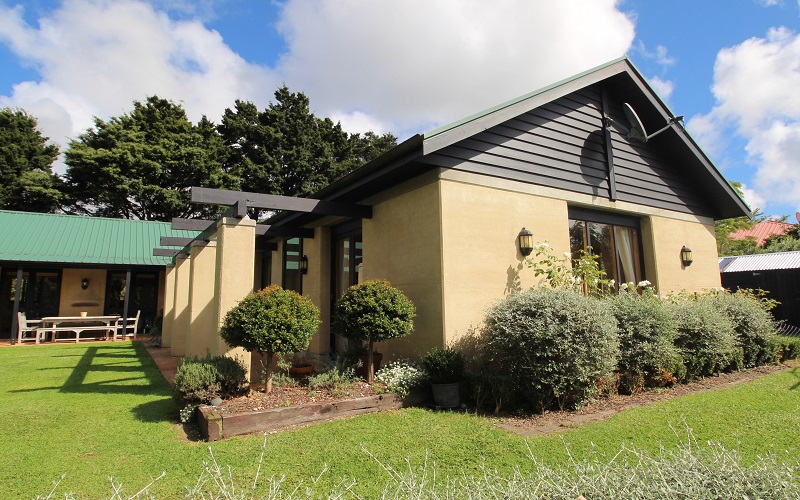 The book is currently being distributed via the Terra Firma website, with plans to soon be available more widely.
The book is currently being distributed via the Terra Firma website, with plans to soon be available more widely.
You can read the original article at architecturenow.co.nz


Can rammed earth be used for multistory buildings? The future of housing is likely multistory houses and apartment buildings.
With proper engineering, it can be multistrory.